Alissum (beetroot): description, planting and care
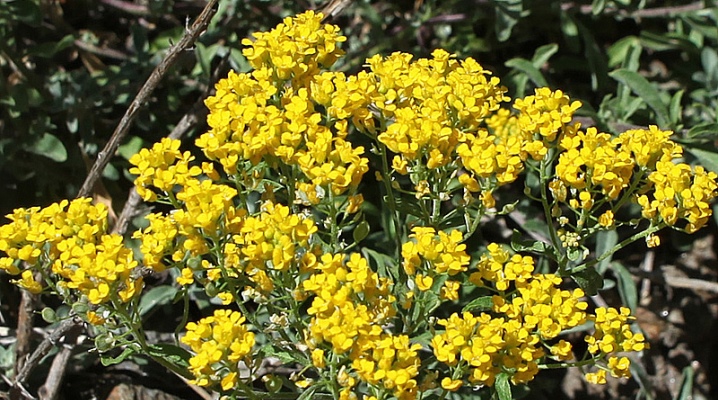
The herbaceous plant alyssum is often chosen by gardeners to decorate a garden plot. Its popularity is due to its decorativeness, ease of planting and maintenance, and a pleasant aroma. The long flowering period also attracts summer residents. Let's take a closer look at this plant from the Cabbage family.

Peculiarities
At the summer cottage, it is possible to grow alissum of a wide variety of colors. Its color palette consists of purple, pink, reds and pure white flowers. A feature of the plant is its strong branching, but the size of the bush is quite compact - 20-40 cm in diameter. There are annual and perennial species of these plants, but more often the culture is grown as an annual.
The foliage of this ground cover bush has an oblong shape. Flowering begins in May and continues until late autumn. Fragrant flowers are collected in racemose inflorescences. About two hundred species of this genus are known in nature.


What is the difference from Lobularia?
Alyssum may have another name - beetroot. But the names of the lawn or lobularia, which can also often be heard in a conversation with a novice summer resident, are erroneous. Lobularia is considered a close relative of the Burachok genus, but these two words are not synonymous.
Both cultures are united into one family and originally belonged to the same genus, however, over time, botanists identified a difference in the description, structure and specificity of the development of two plants, and classified them into two genera. Therefore, the equal sign between alyssum and lobularia, often indicated on the seed package, is botanically incorrect. but the rules for growing these two crops are quite similar.
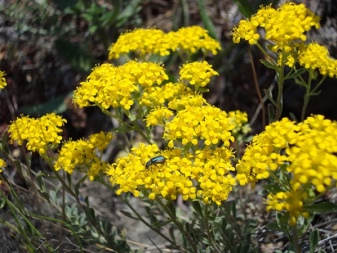

Types and varieties, their shades
Varieties of culture can differ in the duration of flowering, size, shades. Work on the development of new species and varieties continues. The most popular at present are the following types of represented culture.
Rocky. The stem reaches a height of 30 cm, the color of the foliage remains even in winter. The flowers are presented in paniculate form, but flowering does not last long, although it starts quite early. Particularly popular among gardeners are the undersized Compactum, the medium-sized Plenum with yellow flowers shimmering with gold, the yellow-brown Dudley Neville, and the highly branching Gold Scatter variety.
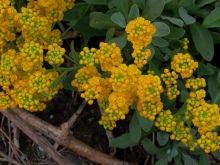
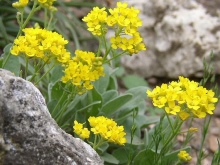

Nautical. Usually kept as an annual plant. The length of the shoots does not exceed 40 cm. Flowering begins in May and lasts until frost. When choosing a variety, pay attention to the following varieties: compact "Weiss Riesen" with white flowers, miniature long-blooming "Violet Haze" with small flowers and lancet leaves, unpretentious to the conditions "Esther Bonnet" with white and lilac flowers.
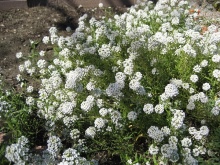

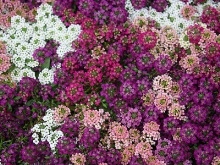
Ampelny. This is the most attractive plant species. Its long shoots are highly branched and look very aesthetically pleasing when grown in hanging pots. The inflorescences are collected in a lush, fragrant "ball". The following varieties are most widespread: miniature annual "White Carpet" with honey aroma; not picky about temperature and easy to shape "Snow princesses" with white flowers.
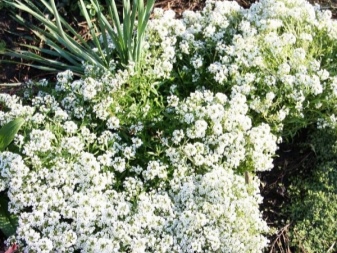
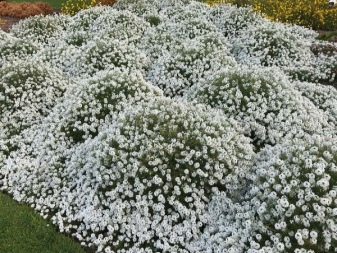
Mountain view or Gmelin. It is a frost-resistant perennial.The foliage is covered with dense hairiness. Inflorescences are racemose. Two waves of flowering are possible - in May and August. Especially appreciated are the Honey Dessert variety with miniature yellow flowers and the highly branching Golden Wave.
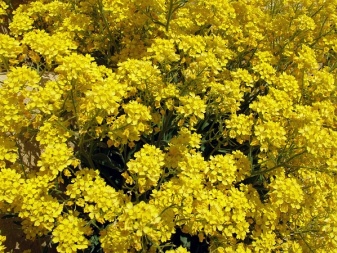
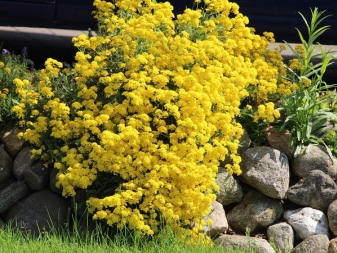
Several other varieties of the presented culture deserve special attention.
Wonderland White. This is a compact specimen no higher than 8 cm. It is distinguished by lush and long flowering and good branching. It is used to decorate curbs, rocky hills, flower beds and flower beds, can be grown in pots or balcony boxes.
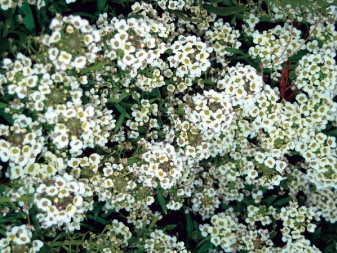
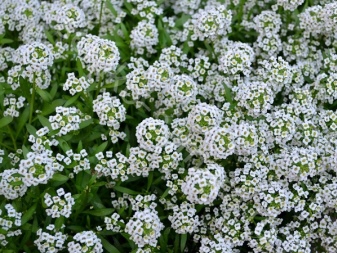
Vanilla Cloud. Forms very fragrant white flowers. Plant height - up to 40 cm. Grown as an annual, prefers sunny places.
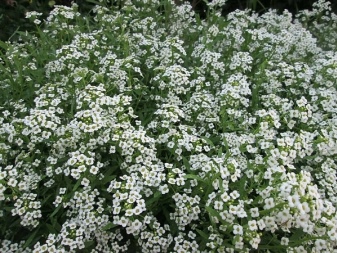
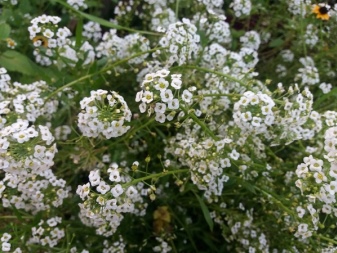
"The Snow Queen". Stores offer a mixture of seeds of various colors: red, pink, white, yellow, purple, lavender. Thanks to the variety of shades, it is possible to create whole flower bedspreads. Differs in long flowering, which starts 1.5 months after sowing and lasts until frost.
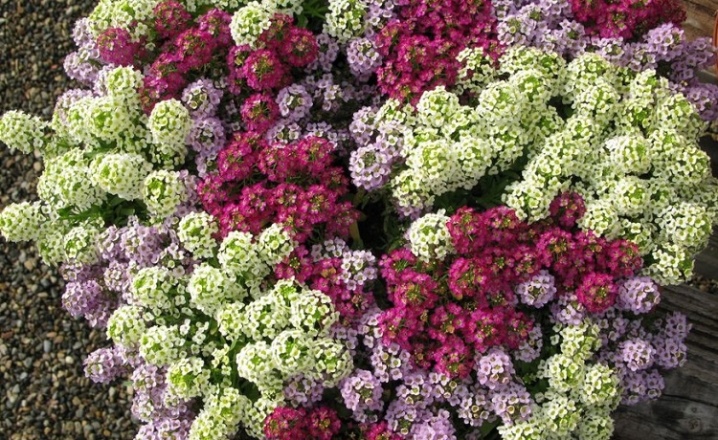
"Little Muck". A low-growing perennial plant, the height of which does not exceed 15 cm. It blooms from June to autumn with white-purple flowers.
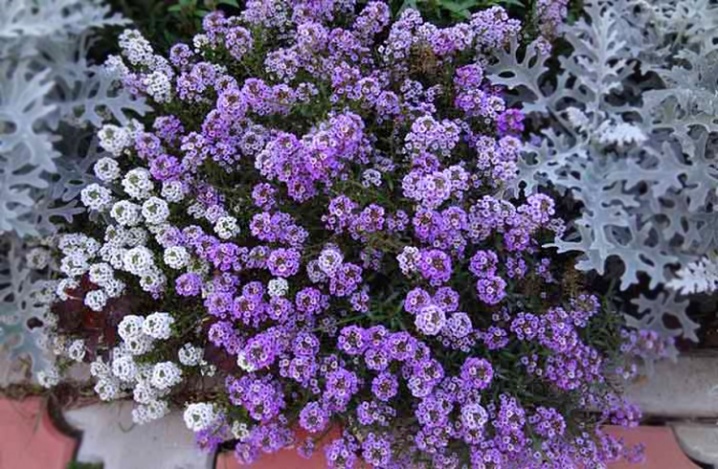
How to plant?
Before you start sowing a crop in open ground, pay attention to the condition of the soil. Alyssum prefers to grow in well-drained alkaline or neutral soil. If these are rocky varieties, then they do not have special requirements for the soil, but they will feel more comfortable in rocky or clay soil. Fertilization is not needed for this species, but liming is required.
All varieties, especially sea and rock ones, are photophilous, and therefore choose open sunny spaces for planting them. A favorable time for planting is May-June, at this time the upper layers of the soil are already well warmed up. With earlier sowing, there is still no guarantee that night frosts will not return, and if this happens, they will negatively affect the condition of the plant.
Some summer residents, for the purpose of experiment, sow seeds in November - with such a planting, the seeds go through a natural stage of stratification, and therefore strong and healthy seedlings hatch in the spring.
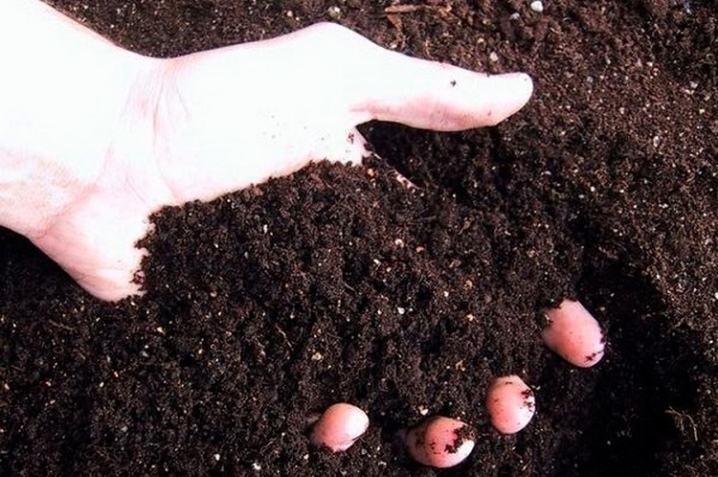
The landing looks like this:
scatter the seeds over the surface of the flower bed sparsely (about 25 cm apart), but do not sprinkle the seeds on top so that they have access to sunlight;
lightly compact the planting material with your hand on top;
moisten the planting site and cover with plastic wrap;
when the first shoots appear, thin them out if necessary.
Usually, the flowering of the culture can be admired within 1.5 months after the first sprouts have hatched.
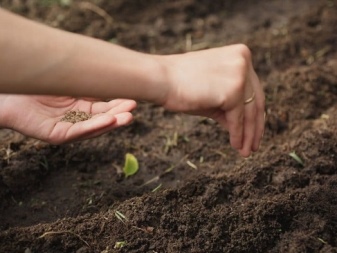
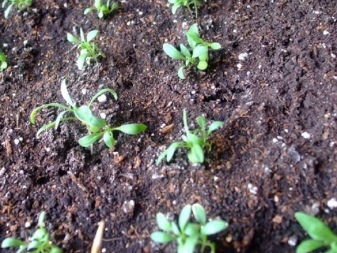
How to take care of it properly?
Watering
Water the plant regularly, but in moderation. Stagnant moisture will provoke the development of root rot, especially rocky varieties are very vulnerable to this process. To avoid such consequences, it is enough just to evenly moisturize the flower bed. This can be achieved by watering the ridge with a hose or by sprinkling. Some gardeners place the hose in the carpet of flowers so that the water is evenly distributed over the ground.
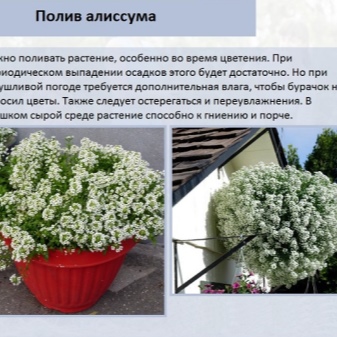
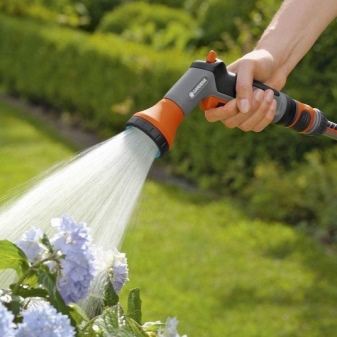
Top dressing
Periodically, alissum needs additional food. Feeding with useful components will make its foliage thicker and brighter, and the plant itself will be stronger and more stable.
Fertilizer is applied during the period of active growth. If this is a perennial variety, then one top dressing in early spring will be enough. If an annual is grown, then additional nutrition should be applied 2-3 times over the summer, and the first fertilizer is used immediately before flowering.
When keeping a perennial on poor soil, it is allowed to fertilize it according to the annual scheme. Liquid multicomponent mixtures for flowering plants are usually used.
To improve the condition of the soil and the access of nutrients to the roots, you should regularly loosen the flower bed and weed the weeds.

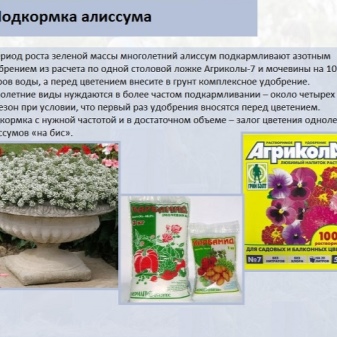
Pruning
Caring for a plant necessarily includes cutting it. In the spring and after flowering, it is important to eliminate dry injured frozen branches, peduncles, withered leaves and dried stems. Often the gardener observes that the plant has ceased to bloom, especially this phenomenon is characteristic of marine varieties.
In this case, it is recommended to cut the stems with wilted flowers, and then the culture should return to flowering again within 2-3 weeks.
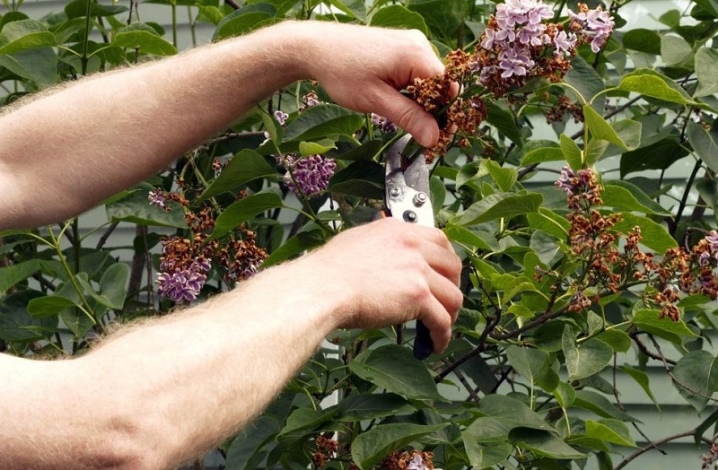
Post-flowering period
Collection and preparation of seed
In late September or early October, you need to start collecting seed. The procedure is carried out in dry, calm weather. Spread the fabric on the ground, pick up the buds and rub them with your fingers. Now remove any excess debris from the fabric.
Place the harvested seeds in a cloth bag and store in a dry, well-ventilated, draft-free area. Thus, the planting material is stored until spring.
If the seeds spilled out onto the flowerbed by themselves, then you can carefully sweep them with a broom, remove debris and collect the seeds for storage.
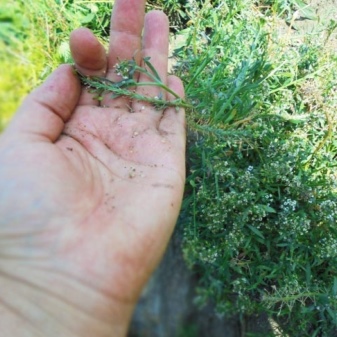
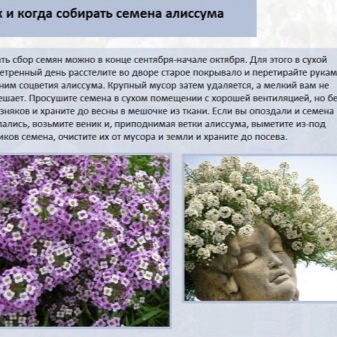
Wintering
This is not to say that the plant is winter-hardy. Silver varieties are still able to withstand temperatures down to -23 degrees, but most species die already at -15 degrees. Therefore, the crop is mainly grown as an annual. If the gardener still wants to leave the plant until spring, then before the frosts the bush should be mulched and the entire aerial part should be covered with dry foliage.
If the winter is snowy, then the snow itself will serve as an additional insulation for the culture.

Reproduction methods
Seeds
The collection of seeds and sowing in open ground has already been mentioned above. In the same paragraph, we will consider the possibilities of growing seeds for seedlings at home. This procedure is suitable for summer residents who want to observe an earlier flowering of the culture, as well as when keeping a flower in regions with a warm climate. You should be aware that growing seedlings is a more laborious process. The optimal time for this is late February - early March.
It is important to thoroughly prepare the soil before sowing. It should be a loose, nutritious, moist substrate. The process looks like this:
fill the container with prepared soil;
pour the seeds into the ground and press lightly with your hand;
water the landing site;
cover the container with transparent film to create a greenhouse environment;
place the container in a bright and warm place.
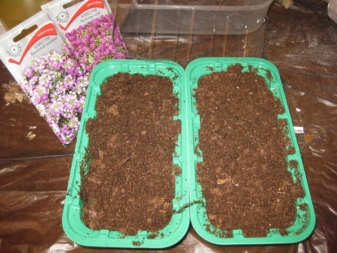
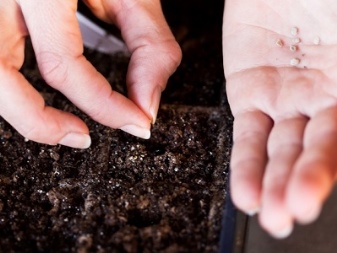
Now it is important to regularly water the soil, ventilate, keep the box in temperature conditions at the level of 10-15 degrees and in good lighting. With the appearance of the first true leaf, the sprouts should be fertilized with complex fertilizer.
When 2-3 leaves are pecked from seedlings, they are transplanted into individual pots. Some gardeners who prefer low seedlings with side shoots advise pinching the top of the sprout. Seedlings are transplanted into open ground at a distance of 30-35 cm from each other.

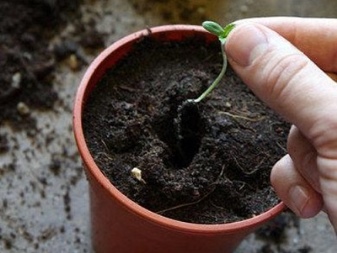
Cuttings
You can propagate a culture in a vegetative way twice a season - at the beginning and at the end of summer. This method is especially often used for breeding rock and mountain varieties. For propagation, choose healthy shoots with completely removed peduncles.
Sliced cuttings must be planted in containers with a fertile composition, moistened abundantly and control the degree of substrate moisture every day. It is important not to allow it to dry out, otherwise it will have a detrimental effect on the development of the plant.
Having noticed the roots, the seedlings can be planted in a summer cottage and continue to monitor the moisture content of the soil.
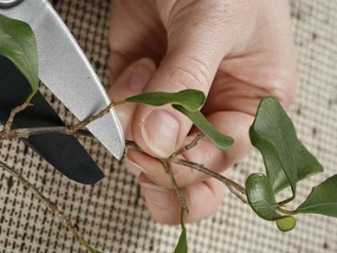
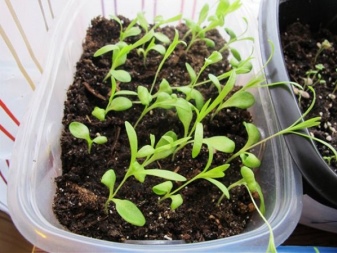
By dividing the bush
This method cannot be attributed to the most promising, since the result cannot always satisfy the gardener. The breeding process begins at the beginning of the growing season with the appearance of green shoots. The bush must be carefully dug up, cut into pieces and the cuttings must be planted in a new place with an interval of 30 cm between specimens.
They should be watered regularly and monitored to see if they have adapted well to new conditions.
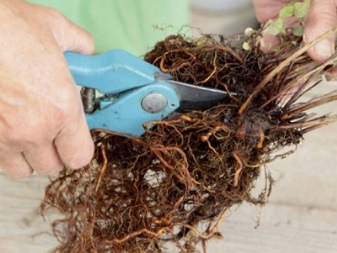
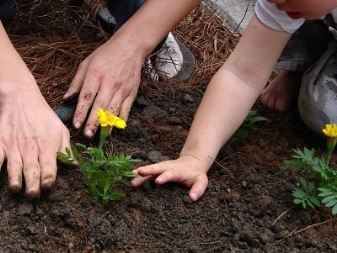
Diseases and pests
One of the main enemies of this representative of the flora is considered cruciferous flea - a small bug 2-3 mm in size, which feeds on leaves and on hot days is able to destroy the culture in 3-4 days. If this pest attacked the plant, then treatment with vinegar essence will help to cope with it. However, if a young specimen is affected, then it is unlikely that it will withstand such a cardinal method of struggle, therefore, the method is applicable only for strong adult bushes.
Often culture turns out to be hit by caterpillars... In this case, an infusion of tobacco with soap or pharmacy chamomile will help. It is not uncommon to find whiteweed and cabbage moth, which Lepidocid and Entobacterin effectively fight against.
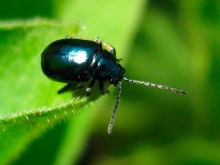
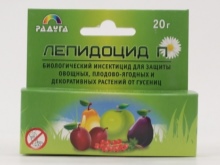
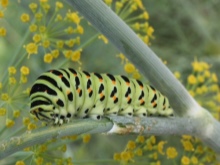
Of the diseases, the culture is often affected by late blight. This ailment is triggered by poor moisture permeability and constant fluid stagnation. The root system begins to rot. To save the damaged alissum, copper oxychloride or fungicides are used, for example, "Thanos", "Ordan", "Kuproksat".
When keeping a plant, you can encounter powdery mildew or viral mosaics. In the first case, the disease can be overcome with the help of Topaz or Bordeaux mixture.
When a culture is damaged by a mosaic, there is no point in treating it, all that remains is to dig up and dispose of the infected specimen.


Use in landscape design
The plant is used for both single and collective planting. It looks beautiful in flowerpots and pots, for example, when decorating a garden in the Italian style. A picturesque landscape can be created by planting a culture next to ground cover plants, with perennials and annuals, for example, heliotrope, Turkish carnation, pelargonium.
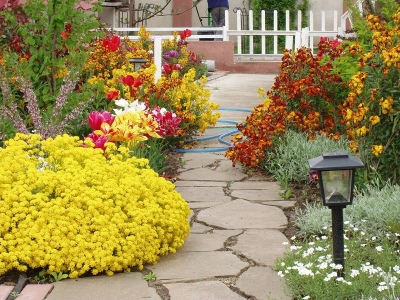
Rocky species look nice next to phlox, while undersized marine species are more suitable for growing in pots and hanging baskets.
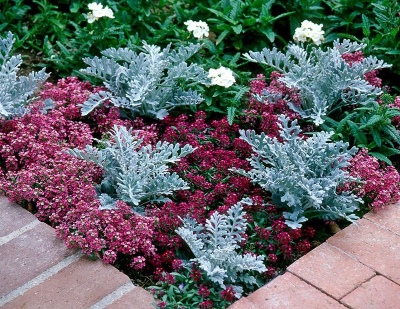
Aesthetically pleasing in the landscape look next to the planted varieties with purple, blue, blue or pink flowers. Frequent neighbors of the represented culture when creating a flower arrangement are dwarf bearded irises, forest forget-me-not, blue muscari and red tulips. A harmonious combination is obtained when planting alissum between roses.

Review overview
When keeping alyssum, flower growers are attracted by its decorativeness and pleasant smell, which spreads throughout the garden. The owners of flowers also like the opportunity to make the most unusual compositions with him. According to summer residents, various varieties bloom quite well and luxuriantly, especially with abundant watering. I also like the fact that alyssum grows very quickly, as well as the excellent ripening of its seeds. Lovers of these flowers often share seed with each other.
There are also disadvantages of growing alissum. So, some gardeners, even experienced ones, try to grow a flower by sowing in open ground, but for several years this does not work. In their opinion, the seeds do not germinate well. Other owners explain this phenomenon by strong heat or heavy soil and recommend trying planting by seedling, observing two main conditions - looseness of the soil and timely watering.

You can find out how to achieve flowering of alyssum from the video below.




































































































The comment was sent successfully.